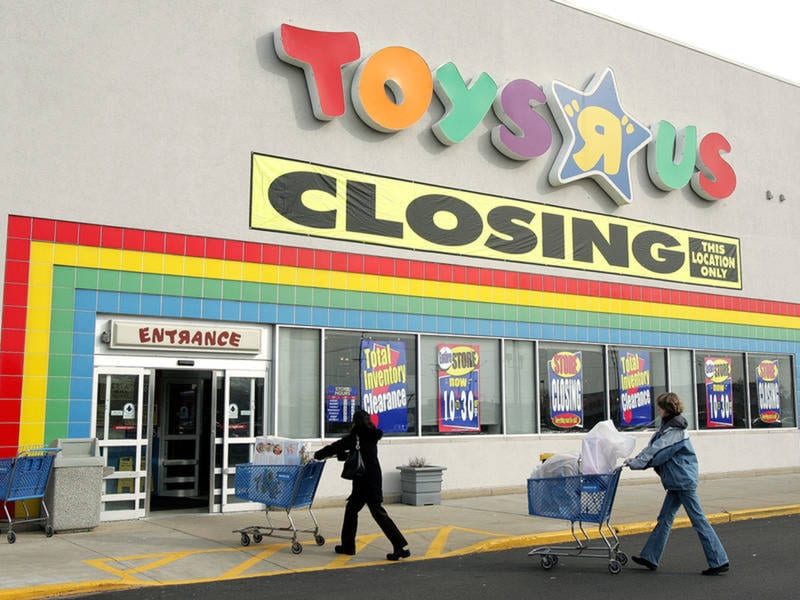There is no retail apocalypse. Brick and mortar sales are growing, but retailers need to focus their experience on the target customer and manage their footprint closely. Watch as Mark…
Read More
Be something or be nothing! Mark discussed the gaps in HBC’s strategy as well as Loblaw’s plan to give points for ad views
Read More
What were they thinking? The government of Ontario really fumbled the ball on pot legalization and are now forcing others to pay the price. Mark discussed pot retail with Greg…
Read More

Blog post by Mark Satov The apocalypse! The media world is filled with journalists and other experts claiming that the retail sector is on its deathbed, linking every high-profile…
Read More
When you look at the numbers, Lowe's is doing just fine. Not GREAT, but fine. Greg and Mark discuss Lowe's and touch on the Uber lawsuit in Toronto on BNN Bloomberg
Read More
‘tis the season…already? Watch Mark's discussion with Greg on what may be different about Christmas shopping this year
Read More

Mark Satov, Founding Partner, SATOV Consultants is joined by Bryan Pearson, President, LoyaltyOne. They dispel myths about the current retail environment, identify great retailers from all around the world, and…
Read More

Blog post by Mark Satov Last summer I was in London, feeling lonely for my children and wanting to bring them something special from my trip. My hotel was right near…
Read More

In the digital age, retailers have to invest heavily into brand and experience to make the trip to a store worthwhile for customers. Malls have to invest alongside retailers to…
Read More

Well, that was quick. Less than two years after it launched its Canadian expansion, Target Corp. is closing all of its stores across the country. The American retail giant is…
Read More
